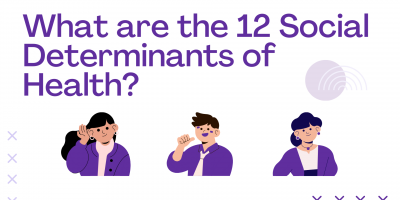
How Commuter Benefits Improve Employee Productivity?
With rising gas prices, soaring car maintenance and used vehicle costs, commuting to the office has become a costly burden that drains employees’ finances, productivity, and satisfaction—making commuter benefits a vital solution for employers.





